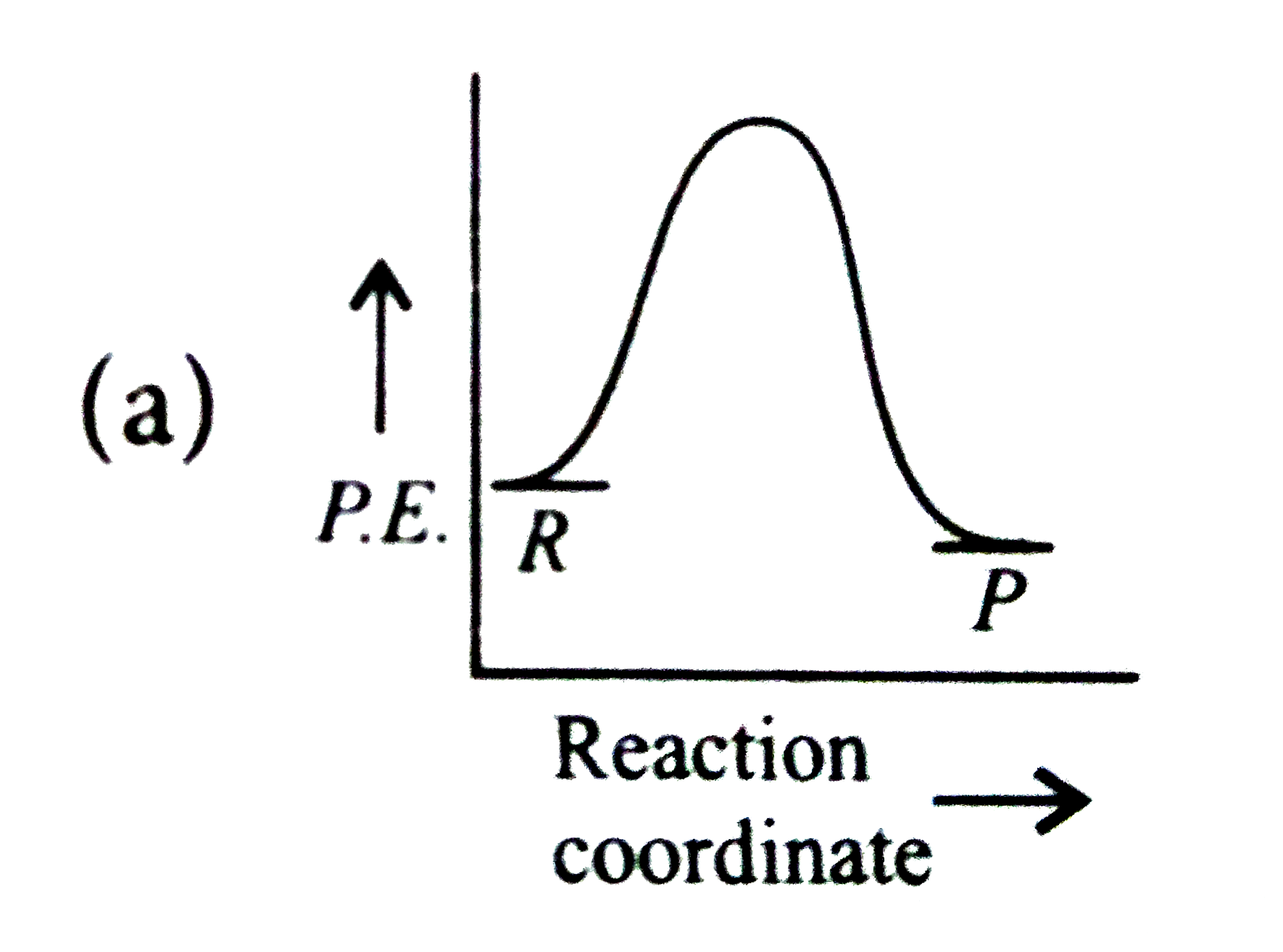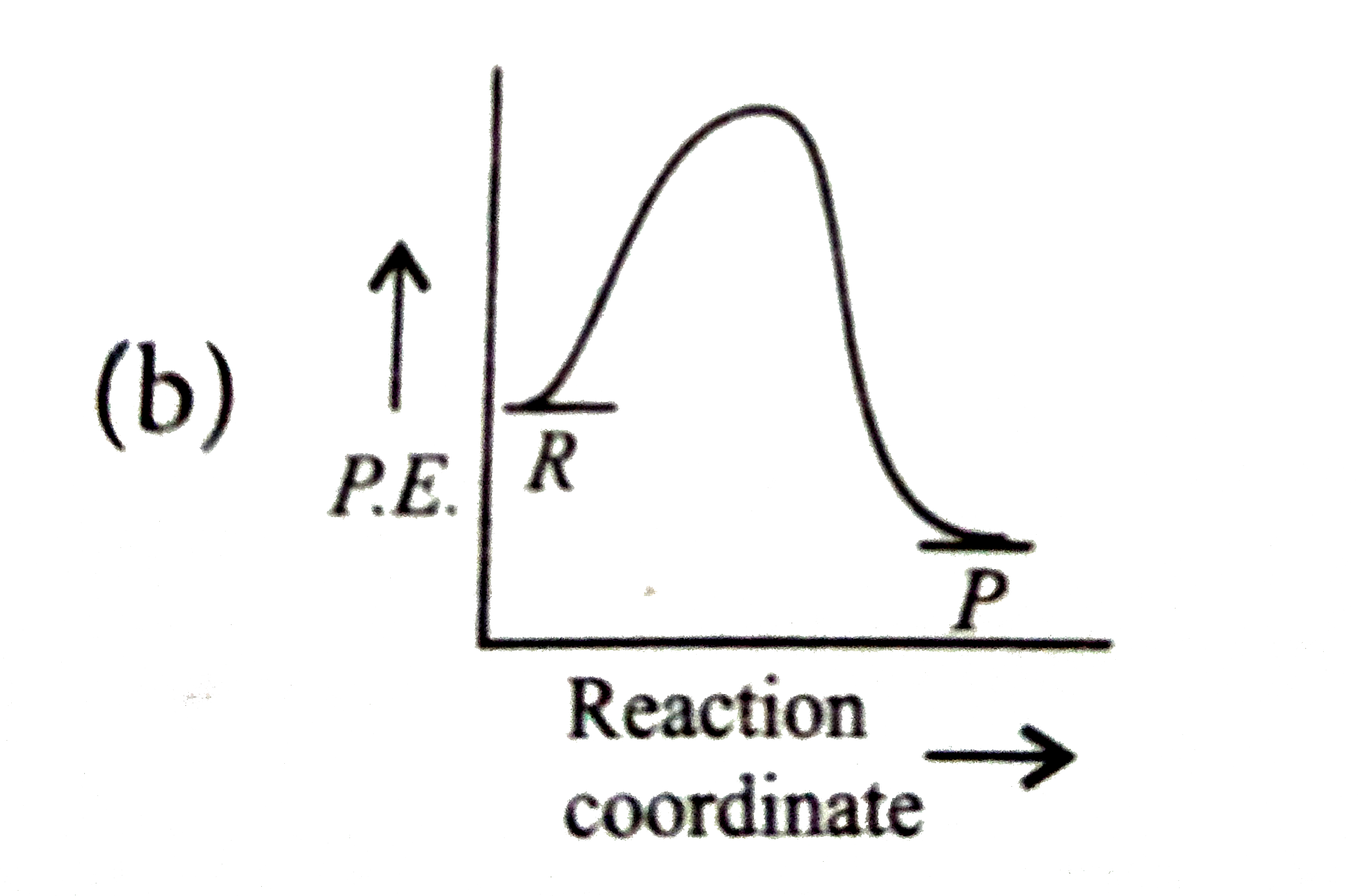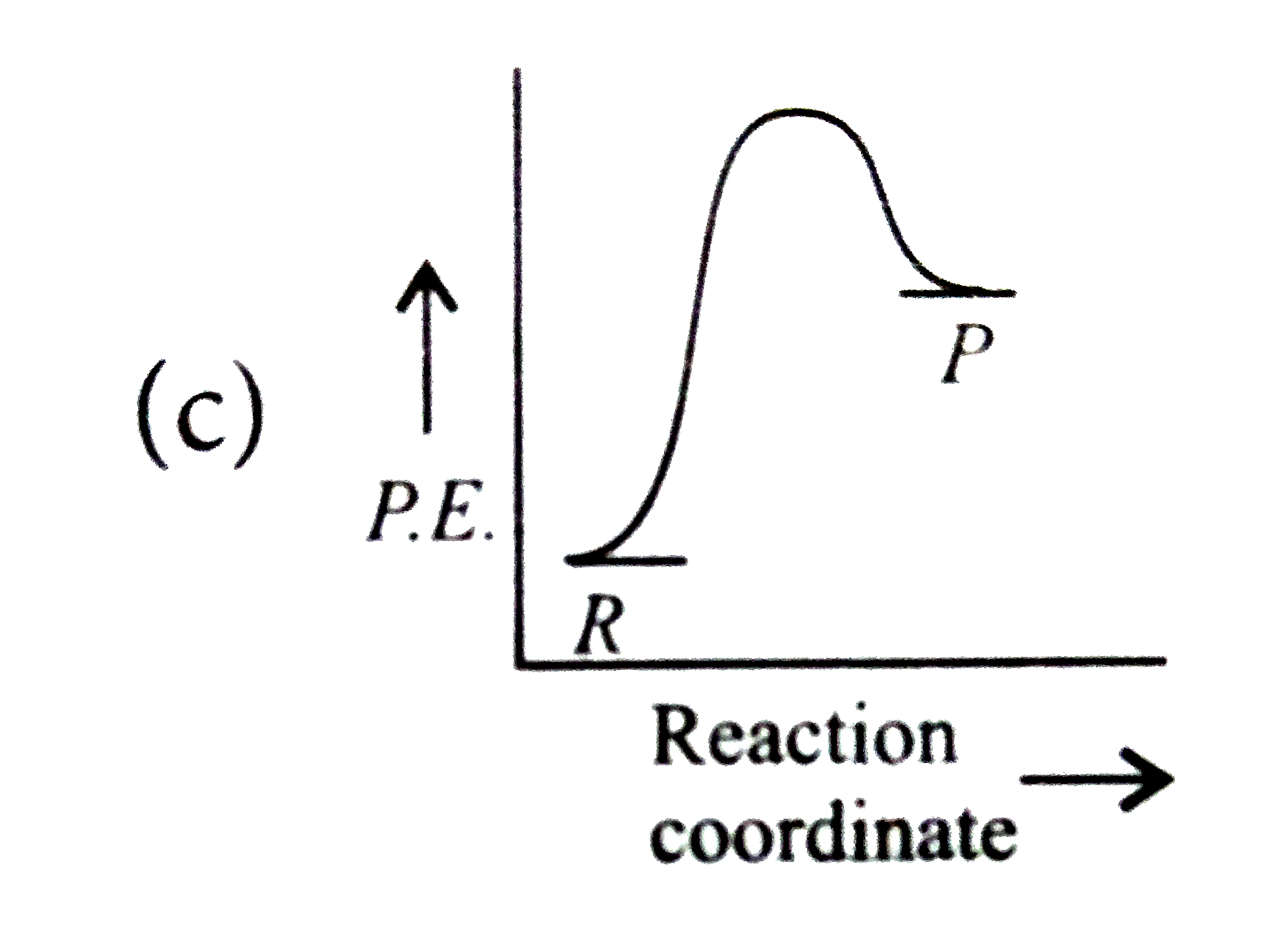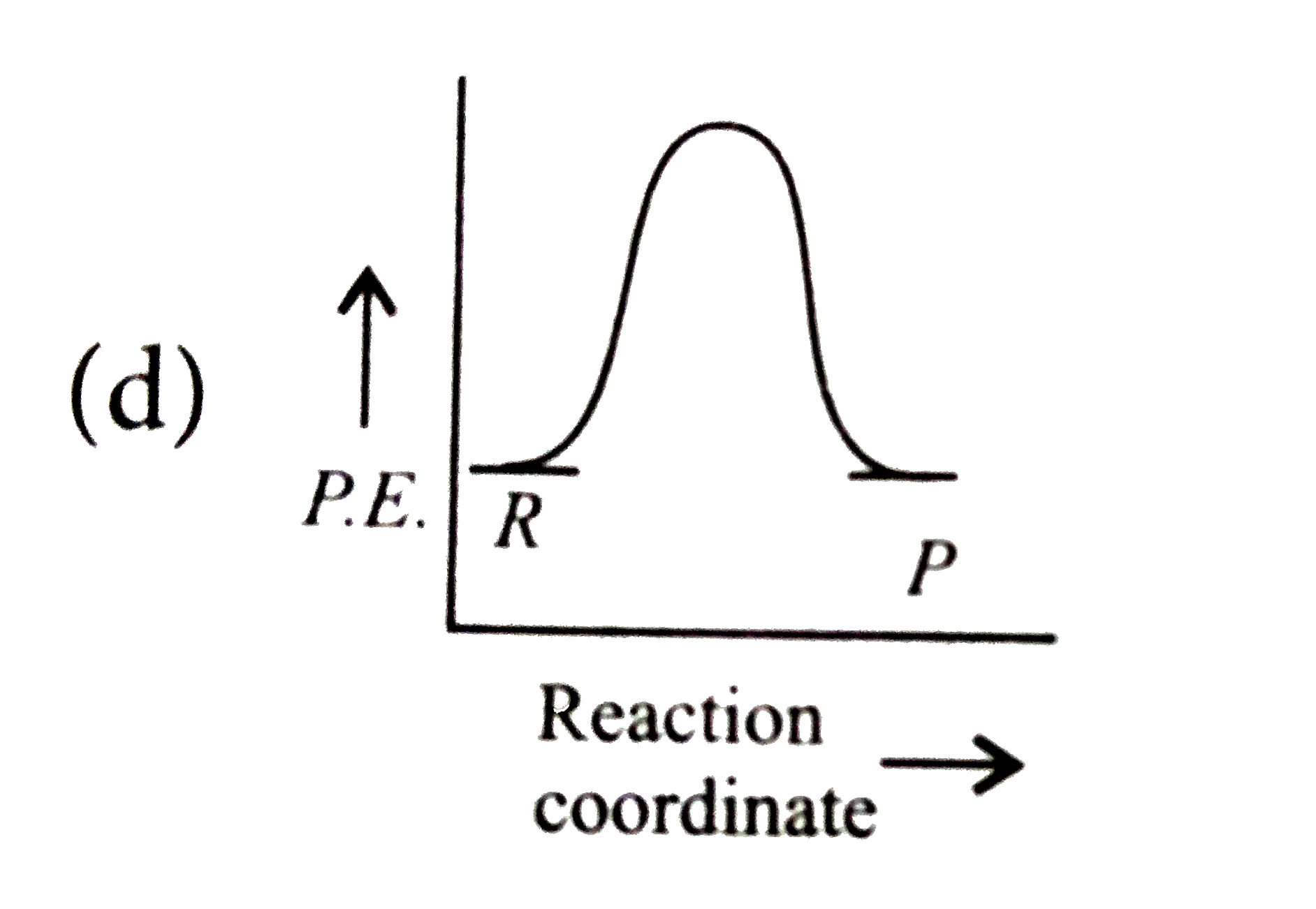Comment on the following statements.
Endothermic reactions have higher activation energies than exothermic reactions.
To comment on the statement "Endothermic reactions have higher activation energies than exothermic reactions," we can analyze the concepts of activation energy, exothermic and endothermic reactions step by step.
1. Understanding Activation Energy:
- Activation energy (Ea) is the minimum energy required for a reaction to occur. It is the energy barrier that reactants must overcome to be transformed into products.
2. Defining Exothermic and Endothermic Reactions:
- Exothermic Reactions: These reactions release energy to the surroundings, resulting in products that have lower energy than the reactants. The change in enthalpy (ΔH) is negative.
- Endothermic Reactions: These reactions absorb energy from the surroundings, resulting in products that have higher energy than the reactants. The change in enthalpy (ΔH) is positive.
3. Graphical Representation:
- To visualize the activation energy, we can draw two potential energy diagrams: one for an exothermic reaction and one for an endothermic reaction.
- In both diagrams, the x-axis represents the progress of the reaction, and the y-axis represents the energy.
4. Drawing the Graphs:
- For an exothermic reaction:
- The graph starts at a higher energy level (reactants) and falls to a lower energy level (products). The peak of the curve represents the transition state, and the activation energy is the energy difference from the reactants to this peak.
- For an endothermic reaction:
- The graph starts at a lower energy level (reactants) and rises to a higher energy level (products). Again, the peak represents the transition state, and the activation energy is the energy difference from the reactants to this peak.
5. Comparing Activation Energies:
- In both cases, the height of the peak (transition state) is determined by the activation energy. The activation energy is not inherently dependent on whether the reaction is exothermic or endothermic.
- Therefore, the activation energy can be the same for both types of reactions, depending on the specific reaction pathway.
6. Conclusion:
- The statement "Endothermic reactions have higher activation energies than exothermic reactions" is false. The activation energy is independent of whether a reaction is exothermic or endothermic; it is determined by the specific reaction mechanism.
- Activation energy (Ea) is the minimum energy required for a reaction to occur. It is the energy barrier that reactants must overcome to be transformed into products.
- Exothermic Reactions: These reactions release energy to the surroundings, resulting in products that have lower energy than the reactants. The change in enthalpy (ΔH) is negative.
- Endothermic Reactions: These reactions absorb energy from the surroundings, resulting in products that have higher energy than the reactants. The change in enthalpy (ΔH) is positive.
- To visualize the activation energy, we can draw two potential energy diagrams: one for an exothermic reaction and one for an endothermic reaction.
- In both diagrams, the x-axis represents the progress of the reaction, and the y-axis represents the energy.
- For an exothermic reaction:
- The graph starts at a higher energy level (reactants) and falls to a lower energy level (products). The peak of the curve represents the transition state, and the activation energy is the energy difference from the reactants to this peak.
- For an endothermic reaction:
- The graph starts at a lower energy level (reactants) and rises to a higher energy level (products). Again, the peak represents the transition state, and the activation energy is the energy difference from the reactants to this peak.
- In both cases, the height of the peak (transition state) is determined by the activation energy. The activation energy is not inherently dependent on whether the reaction is exothermic or endothermic.
- Therefore, the activation energy can be the same for both types of reactions, depending on the specific reaction pathway.
- The statement "Endothermic reactions have higher activation energies than exothermic reactions" is false. The activation energy is independent of whether a reaction is exothermic or endothermic; it is determined by the specific reaction mechanism.
Topper's Solved these Questions
- BOOK - ICSECHAPTER - CHEMICAL KINETICSEXERCISE - EXERCISE (PART- II (DESCRIPTIVE QUESRTIONS) C.LONG ANSWER QUESTIONS )54videos
CHEMICAL KINETICS
- BOOK - ICSECHAPTER - CHEMICAL KINETICSEXERCISE - ISC EXAMINATION QUESTIONS (PART-I (OBJECTIVE QUESTIONS ) A.FILL IN THE BLANKS)12videos
CHEMICAL KINETICS
- BOOK - ICSECHAPTER - CHEMICAL KINETICSEXERCISE - EXERCISE (PART- II (DESCRIPTIVE QUESRTIONS) A. VERY SHORT ANSWER QUESTIONS (WITH ANSWERS ))132videos
CHEMICAL KINETICS
- BOOK - ICSECHAPTER - BIOMOLECULESEXERCISE - ISC EXAMINATION QUSTIONS (PART-I)(DESCRIPTIVE QUESTIONS)21videos
BIOMOLECULES
- BOOK - ICSECHAPTER - CHEMISTRY IN EVERYDAY LIFEEXERCISE - EXERCISE (PART - II (DESCRIPTIVE QUESTIONS) (LONG ANSWER QUESTIONS))19videos
CHEMISTRY IN EVERYDAY LIFE
Similar Questions
Knowledge Check
- Question 1 - Select One
In endothermic reactions,
Areactants have more energy than productsBreactants have less energy than productsCreactants and products have same energyDreactants have lower temperature than products. - Question 2 - Select One
An endothermic reaction with high activation energy for the forward reaction is given by the diagram
A B
B C
C D
D
The following is not an endothermic reactions:
View SolutionComment on the following statements.
A reaction with a higher activation energy will proceed at faster rate.View SolutionThe following is (are) endothermic reaction(s):
View SolutionCan a reaction have negative activation energy?
View SolutionWhich of the following represents an exothermic reaction :-
View SolutionComment on the following statements:
(a) An exothermic reaction is always thermodynamically spontaneous.
Reaction with ΔG<O always have an equilibrium constant greater than 1View Solution

